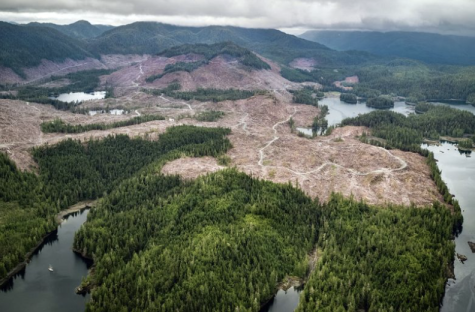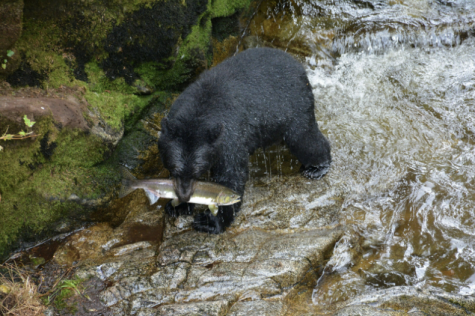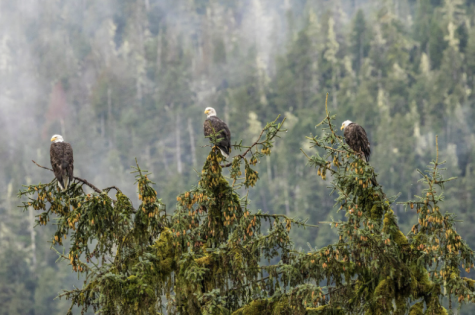Biden Bans Logging Roads in America’s Largest Forest
March 17, 2023

President Joe Biden signed an executive order on Friday, March 3, 2023, to ban logging roads in the Tongass National Forest, which covers most of Southeast Alaska and is America’s largest national forest. This decision will help preserve the forest’s pristine wilderness and diverse wildlife, as well as limit the impact of climate change on the forest.
The Tongass National Forest covers nearly 17 million acres, with about 9.4 million acres designated as roadless areas under the Roadless Rule. The rule, established in 2001 under President Bill Clinton, prohibits road construction and logging on most of the national forest lands. However, in 2020, the Trump administration exempted Tongass from the rule, opening up about 9.3 million acres of forest to logging, mining, and other human-led development activities. Environmental groups, tribal leaders, and local communities opposed the exemption, arguing that it would harm the forest’s ecological integrity and cultural significance. They also noted that tourism, fishing, and other sustainable industries provide more jobs and economic benefits to the region than logging.

The ban on logging roads in Tongass will take effect immediately and apply to all new timber sales and other projects in the national forest. It is part of President Biden’s broader agenda to address climate change, protect public lands and waters, and promote environmental justice. Therefore, his new policy is a significant milestone in the fight against climate change and the protection of public lands. It represents a shift towards more sustainable and responsible use of natural resources, and it sends a message that conservation and economic development can go hand in hand.

Let’s also take action today to create a brighter and greener future for ourselves and generations to come. There are many ways you can get involved and make a difference. You can support environmental organizations, volunteer for conservation projects, reduce your own carbon footprint, and educate others about the importance of protecting our planet. By working together, we can preserve our natural treasures, fight climate change, and build a more just and sustainable world.


